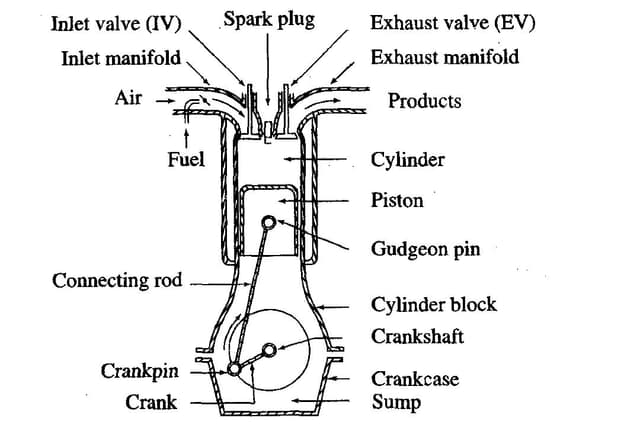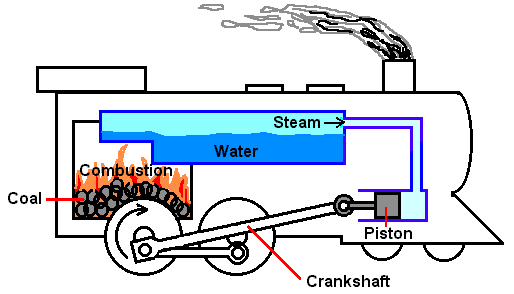Pneumatic brake system
Pneumatic brake system, is a type of braking system commonly used in heavy-duty vehicles, especially commercial trucks and buses. It relies on compressed air to actuate the brakes and control their operation.

Bablu Yadav
Posted in Automobile Engineering
.
Pneumatic brake system, is a type of braking system commonly used in heavy-duty vehicles, especially commercial trucks and buses. It relies on compressed air to actuate the brakes and control their operation.
The Electronic Brake System (EBS) is a prime example of this. While most people know about the electronic parts of EBS, the pneumatic components are just as important.
Pneumatic parts in the EBS use air pressure to make the brakes work better. They work with electronic parts to help the brakes stop the car safely.
Pneumatic components and their functions in an Electronic Brake System are as follows:
1. Pneumatic Actuators:
These parts do the heavy lifting. When you press the brake pedal, the Electronic Control Unit (ECU) sends a signal, and the pneumatic actuators use air to push the brakes. This makes the brakes work quickly and accurately.
2. Pneumatic Reservoir:
Think of this as a big air tank. It stores compressed air, so there's always enough to make the brakes work well. It helps the brakes keep working even if you need to stop quickly many times in a row.
3. Pneumatic Valves:
These are like traffic cops for the air in the system. They decide where the air goes. When it's time to stop, the valves send the air to the pneumatic actuators. They control the flow of air, which is important for making the brakes work just right.
Working of EBS
The working of Electronic Brake System is all about integrating sensor data, the ECU, and pneumatic control to enhance braking performance. It aims to prevent wheel lockup, optimize brake force distribution, and maintain vehicle stability during various driving conditions, ultimately providing the driver with a safer and more controlled braking experience. The EBS operates in real-time, making quick and accurate adjustments to ensure optimal safety and performance.
When the driver presses the brake pedal, it sends a signal to the Electronic Control Unit (ECU) or Brake Control Module.
The ECU continually receives data from various sensors located throughout the vehicle. This data includes information such as wheel speed, vehicle speed, brake pedal force, and more.ABS prevents wheel lockup during hard braking. The ECU monitors wheel speed and if it detects that a wheel is about to lock up, it rapidly modulates the brake pressure by controlling pneumatic valves. This prevents the wheel from skidding, allowing the driver to maintain control of the vehicle.The ECU uses the sensor data to determine the appropriate brake force needed for each wheel, taking into account the driver's input and the vehicle's current conditions. If wheel slip is detected, it will adjust the brake force to maintain traction and stability.The ECU sends commands to the pneumatic actuator, which controls the distribution of air pressure to each wheel's brake caliper or drum. This ensures that the right amount of brake force is applied to each wheel based on the ECU's calculations.
How this Pneumatic Parts help in an Electronic Brake System:
1. Quick Brake Response:
Pneumatic actuators are super speedy and accurate. They help the brakes work fast when you need to stop. This makes driving safer.
2. Antilock Breaking System:
This system helps in stopping the vehicle without skidding. They stop the wheels from locking up when you brake hard. This helps you stay in control and not slide on the road.
3. Better Traction Control:
When you start your car, you want it to go without spinning its wheels. Pneumatic parts help with that. They adjust the brakes fast, so you get good traction even on slippery roads.
4. Keeping You Stable:
Pneumatic actuators also play a role in the Electronic Stability Control (ESC). When you take sharp turns or in terms of overtake something, they help stop the car from skidding or rolling over. This keeps you safe.
Conclusion
The pneumatic parts in an Electronic Brake System are important. They make your brakes work quickly and accurately. They work with other parts to keep you safe when you drive. As car technology keeps getting better, we can expect more improvements in how these pneumatic parts help us stay safe on the road.




